Samsung Galaxy Z Flip 7 vs iPhone 17 Pro: What’s the smarter $1,099 buy in 2025?
We may earn a commission if you make a purchase from the links on this page.

Intro
Foldable phones are no longer prototypes. They’re now premium devices competing head-to-head with the regularly shaped flagship phones on the market. Samsung’s Galaxy Z Flip 7 is competing for the best foldable phone of 2025, with a larger 4.1-inch cover screen, improved durability, and impressive battery life.
Meanwhile, the iPhone 17 Pro is arguablt the first generation to live up to its name. Its forged aluminum body, triple 48 MP camera system, and record-breaking display brightness make it one of Apple’s most significant “Pro” upgrades in years.
But at the same $1,099 starting price, the question is does Samsung’s clamshell foldable offer the same value as Apple’s all-around flagship, or does the iPhone still come out on top?
If you already own a Z Flip 6 or iPhone 16 Pro (or if you’re choosing between their successors today) the big question is whether the Flip 7’s unique design justifies the trade-offs, or if the iPhone 17 Pro remains the smarter buy overall.
But at the same $1,099 starting price, the question is does Samsung’s clamshell foldable offer the same value as Apple’s all-around flagship, or does the iPhone still come out on top?
Galaxy Z Flip 7 vs iPhone 17 Pro differences:
| Galaxy Z Flip 7 | iPhone 17 Pro |
|---|---|
| Foldable clamshell | Forged aluminum unibody |
| IP48 dust and water resistance rating | IP68 |
| 6.9" AMOLED, 60-120Hz | 6.3" LTPO OLED, 1-120Hz |
| Secondary, cover 4.1" display | No secondary display |
| Exynos 2500 (3nm) chip | A19 Pro chip |
| 12 GB RAM | 12 GB RAM |
| 512 GB maximum storage | 1 TB maximum storage |
| Dual rear cameras (50 MP + 12 MP), 10 MP selfie | Triple 48 MP rear cameras, 18 MP selfie |
| 4,300 mAh battery | ~3,900 mAh stacked battery |
| 25W wired, 15W wireless charging | 40W wired, 25W MagSafe wireless charging |
| Supports reverse wireless charging | Does not support reverse wireless charging |
| One UI 8 + Galaxy AI | iOS 26 + Apple Intelligence |
| $1,099 starting price for 256 GB | $1,099 starting price for 256 GB |
Table of Contents:
Read more:
- Samsung Galaxy Z Flip 7 vs Motorola Razr Ultra (2025): All the differences explained
- iPhone 17 Pro vs iPhone 16 Pro: A new age dawns for the iPhone Pro
- iPhone 17 Pro vs iPhone 15 Pro: All the major differences explained
Design and Size
What this comparison is all about
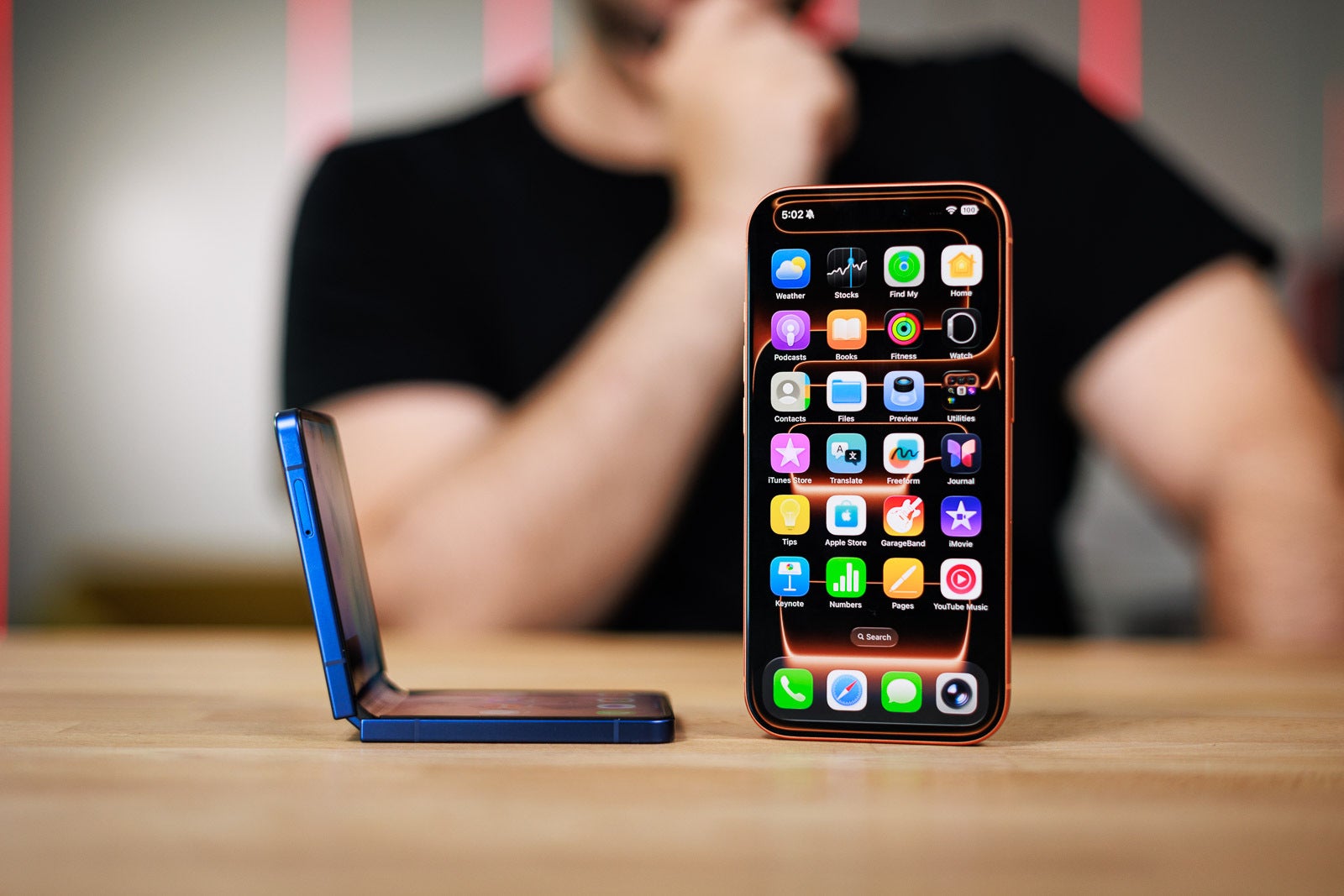
Image credit — PhoneArena
The Galaxy Z Flip 7 maintains its compact clamshell DNA but makes meaningful refinements. The hinge is now sturdier with a reduced crease, and the cover display was enlarged to 4.1 inches, making it better for reading messaging, navigation, and Galaxy AI tools.
The main display unfolds to 6.9 inches, but durability remains a weak point for Samsung's clamshell foldable, as it still uses Ultra Thin Glass that’s much more fragile compared to the iPhone 17's Ceramic Shield 2. The Z Flip 7 also carries a weaker IP48 rating, which means it is splash and dust resistant, but not waterproof.
The iPhone 17 Pro has moved from titanium to a forged aluminum unibody frame with Ceramic Shield 2 on both the front and back. Ceramic Shield 2 is rated as three times more scratch-resistant than the previous generation. Apple also redesigned the rear with a new horizontal camera bar, setting it apart visually from both older iPhones.
| Galaxy Z Flip 7 | iPhone 17 Pro |
|---|---|
| Thickness Unfolded: 6.9 mm Folded: 14.9 mm | Thickness 8.75 mm --- |
| Dimensions Unfolded: 165.1 × 71.9 mm Folded: 85.1 × 71.9 mm | Dimensions 150.0 × 71.9 mm |
| Weight 187 g | Weight 206 g |
Suffice it to say, the iPhone is more durable thanks to its materials and IP68 water resistance, but the Z Flip 7 when it comes to portability thanks to its foldable design. It also offers unique perks like the cover display and the ability to sit upright as you video record yourself.
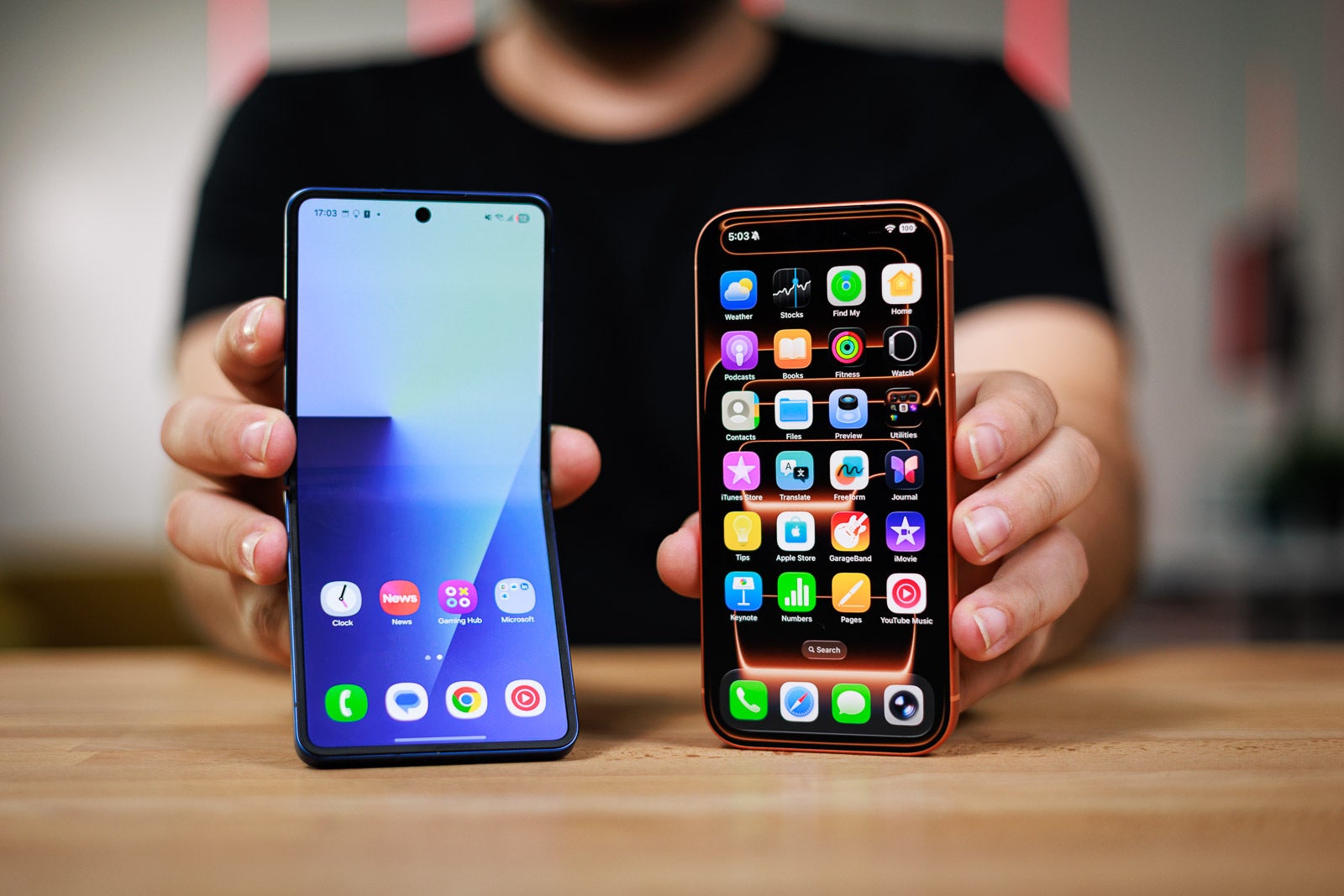
Image credit — PhoneArena
The main 6.9-inch AMOLED on the Z Flip 7 supports a 60-120Hz refresh rate and HDR10+, and it comes with an improved Ultra Thin Glass that's supposed to be more durable. The 4.1-inch cover display is the biggest yet on a Flip, as it lets you use some apps without unfolding the phone. Although it still leaves more to be desired, as you don't have full app functionality like you do on the Razr's from Motorola. As for brightness, it can reach a peak of 2600 nits, making it one of the brightest foldables on the market.
Apple’s iPhone 17 Pro uses a 6.3-inch LTPO OLED with ProMotion (1–120Hz), Always-On Display, and HDR support. Peak brightness has been increased to 3000 nits, giving it a slight edge over the Flip 7. Of course, Apple’s panel is flat and tougher, which make it a more reliable display by default.
The iPhone 17 series benefits from a seven-layer anti-reflective coating. It is not as advanced as what you get on the Galaxy S25 Ultra, but as YouTuber MrWhoseTheBoss shows in a direct comparison, it reduces reflections far better than the iPhone 16 series.
In our display lab tests, the iPhone 17 Pro measured 2780 nits (20% APL) peak brightness — one of the highest results we’ve ever seen — compared to 1750 nits on the Galaxy Z Flip 7. Both have excellent low brightness (0.9 vs 0.88 nits), but Apple’s color accuracy and contrast calibration pull ahead, with a Delta E of 1.81 (Excellent) versus 2.33 (Good) on the Samsung.
In the real world, the iPhone’s display looks cleaner under harsh light and reflects less glare thanks to its seven-layer anti-reflective coating. The Flip 7’s foldable panel still struggles a bit outdoors but compensates with that massive secondary screen for quick glances.
In the real world, the iPhone’s display looks cleaner under harsh light and reflects less glare thanks to its seven-layer anti-reflective coating. The Flip 7’s foldable panel still struggles a bit outdoors but compensates with that massive secondary screen for quick glances.
Biometrics remain unchanged, with Face ID being the method for the iPhone 17 Pro, and a fingerprint scanner for the Z Flip 7.
Performance and Software
Galaxy AI vs Apple silicon
Performance is where the gap between these two $1,099 phones widens.
The Galaxy Z Flip 7 runs on Exynos 2500 (3nm) in most regions, paired with 12 GB of RAM and UFS 4.0 storage (256 GB or 512 GB). Samsung emphasized on AI features this year, like Circle to Search, Live Translate, Note Assist, and Interpreter Mode, many which work directly on the cover screen.
The iPhone 17 Pro introduces the A19 Pro chip (3nm N3P), with improved efficiency and a stronger GPU for pro apps and games. It comes with 12 GB of RAM, starts at 256 GB of storage, and has a new vapor chamber cooling system that should help it sustain high performance for longer.
The iPhone 17 Pro introduces the A19 Pro chip (3nm N3P), with improved efficiency and a stronger GPU for pro apps and games. It comes with 12 GB of RAM, starts at 256 GB of storage, and has a new vapor chamber cooling system that should help it sustain high performance for longer.
| Galaxy Z Flip 7 | iPhone 17 Pro |
|---|---|
| Chip Exynos 2500 | Chip A19 Pro |
| Process 3nm | Process 3nm |
| RAM, Storage 12/256 GB 12/512 GB --- LPDDR5X RAM UFS 4.0 storage | RAM, Storage 12/256 GB 12/512 GB 12/1 TB LPDDR5X RAM NVMe storage |
Both run their latest software: One UI 8 with Android 16 on the Z Flip 7, and iOS 26 on the iPhone 17 Pro. Samsung is currently ahead of Apple when it comes to AI integration, while Apple offers features like Call Screening, Live Translate, Visual Intelligence, Smart Replies.
CPU Performance Benchmarks:
The iPhone 17 Pro’s A19 Pro chip outpaces the Exynos 2500 by roughly 35–40% in multi-core performance, maintaining higher sustained speeds thanks to the new vapor chamber cooling system. The Flip 7’s Exynos chip handles day-to-day tasks well but dips faster under continuous load, making it less ideal for heavy multitasking or productivity apps.
GPU Performance:
As for GPU performance, Apple’s lead widens even more. The A19 Pro’s six-core GPU delivers nearly double the graphical performance of the Flip 7 in demanding 3D workloads and gaming. The Flip 7’s Mali-based GPU is efficient but clearly tuned for lighter use.
Camera
The biggest reason to avoid foldables
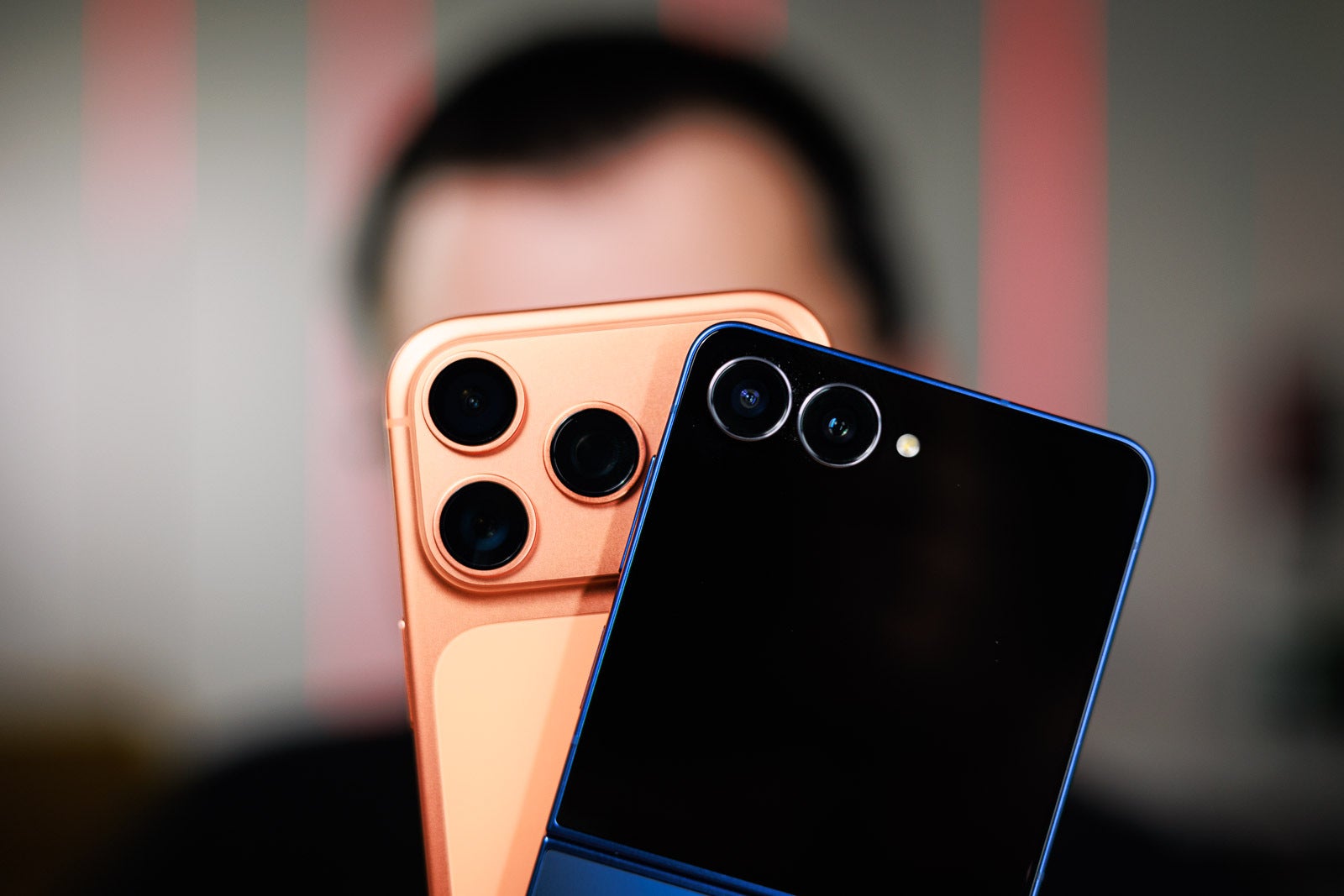
Image credit — PhoneArena
You are getting a very different camera experience depending on which one you go for.
Apple’s triple-48 MP system offers much better image quality compared to the dual camera system on the Z Flip 7. Now that even the telephoto camera has 48 MP, the iPhone will have better consistency across all focal lengths. In fact, you get optical image quality at both 4x and 8x zoom now, and early samples show a significant jump in image quality from the new telephoto camera compared to last year's sensor.
The 17 Pro also comes ahead when it comes to video features, like the ability to shoot in ProRes Log, ProRes RAW, Dolby Vision HDR, 4K120, and other perks like Genlock sync.
Apple is also adding Dual Capture video for the first time, allowing recording from the front and rear cameras at the same time. Although, this is a feature Samsung’s Galaxy phones have offered for years.
There is one limitation, though, and it is that Dual Capture saves as a single file, so the front camera view cannot be removed after recording.
There is one limitation, though, and it is that Dual Capture saves as a single file, so the front camera view cannot be removed after recording.
PhoneArena Camera Score:
According to our lab tests, Apple’s advantage is clear. The iPhone achieved a Camera Score of 156, compared to 139 for the Z Flip 7. That difference shows up in real-world use too. The iPhone captures more detail and dynamic range, especially in low light and zoom. Its new 48 MP telephoto delivers optical quality at both 4x and 8x, while the Flip 7 relies on digital zoom beyond its main lens.
Samsung did make progress, though. The Flip 7 reduces HDR artifacts and produces cleaner ultra-wide shots.
Samsung did make progress, though. The Flip 7 reduces HDR artifacts and produces cleaner ultra-wide shots.
On video, the iPhone 17 Pro continues to dominate, offering Dolby Vision HDR, ProRes Log, and 4K120 support. The Flip 7 records solid 4K60 video, but with more noise and less stability in challenging light.
Samsung’s advantage is its unique form factor, which allows you to use the main rear cameras for selfies with the phone half-open, giving vloggers and creators unique advantages. But in a way, Apple has countered that advantage with the new 18 MP selfie camera, which can be used to record vertiaclly and horizontally without having to turn the phone; the image quality is also much higher than before, so it is a camera you can safely use for vlogging.
Samsung’s advantage is its unique form factor, which allows you to use the main rear cameras for selfies with the phone half-open, giving vloggers and creators unique advantages. But in a way, Apple has countered that advantage with the new 18 MP selfie camera, which can be used to record vertiaclly and horizontally without having to turn the phone; the image quality is also much higher than before, so it is a camera you can safely use for vlogging.
Let's take a look at some samples:
Main Camera
Surprisingly, in the overcast scenario we took these samples, the Z Flip 7 did a better job as far as exposing the image correctly goes. The shadows are much more visible. That said, it didn't strike the right white balance and leaned towards warmer tones that werent accurate.
Zoom Quality
Thanks to its 4x telephoto camera, the iPhone 17 Pro has delivered a more detailed image. That said, it once again failed to expose the image correctly, so the one from the Flip 7 looks arguably better.
The same applies when we used a 10x digital zoom.
Ultra-wide Camera
The iPhone's ultrawide camera has capured a sharper, more color accurate photo. The Flip 7 is not too bad, though, although it continues to lean towards warmer tones.
Selfies
I much prefer the image from the Z Flip 7 here, mostly because the skin tones look more natural and the shadows on the subject's face are not as harsh, making for a more pleasant portrait.
Battery Life and Charging
Bigger cell vs better efficiency
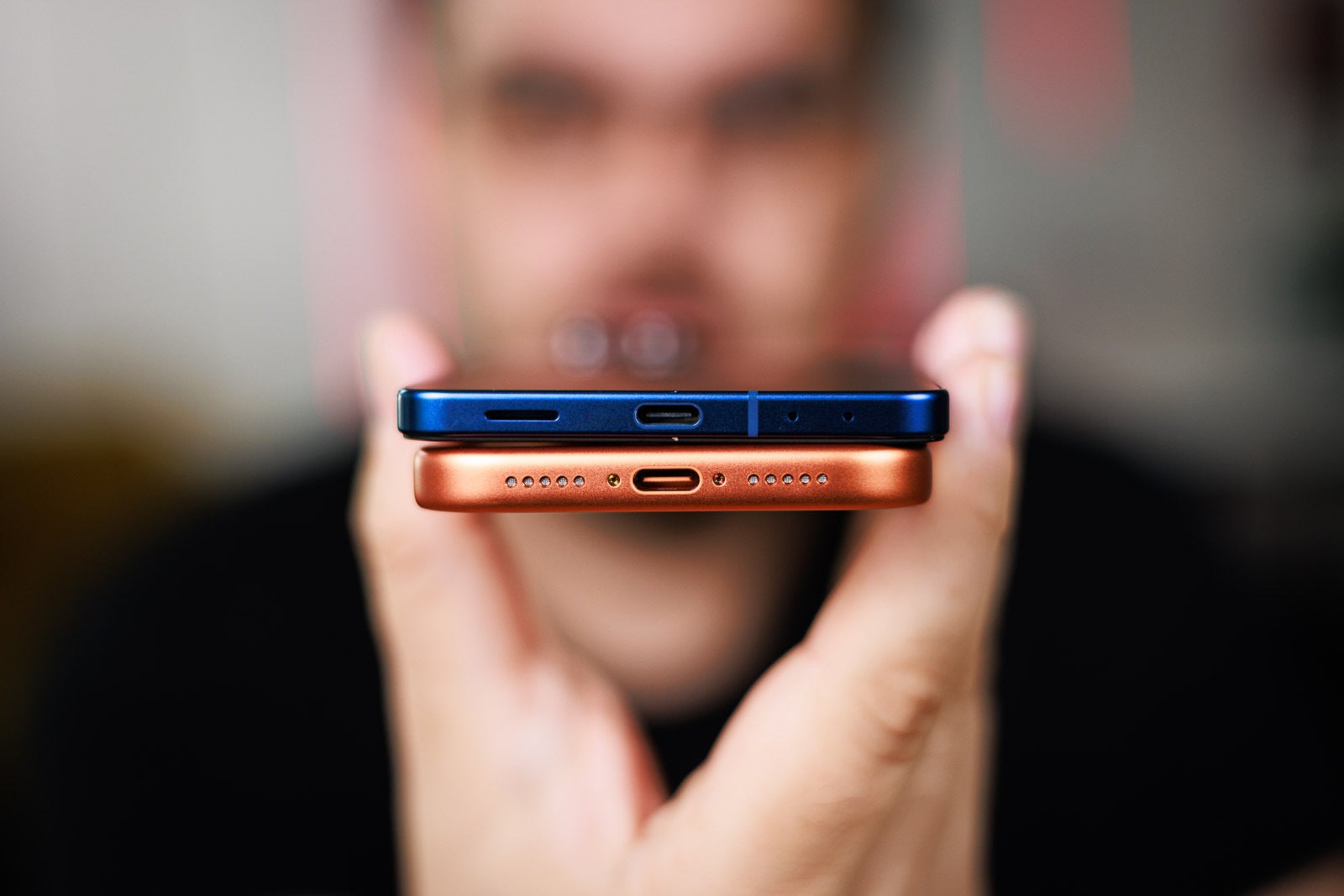
Image credit — PhoneArena
Battery life has long been a weak point for foldable phones, and Samsung addressed it with a 4300 mAh cell in the Flip 7. It also supports 25W wired and 15W wireless charging, plus reverse wireless charging for accessories.
The iPhone 17 Pro still doesn't have reverse wireless charging, but it comes with faster 40W wired and 25W wireless charging. Apple has also improved the battery life, making the 17 Pro reach up to 33 h (30 h streamed) video playback.
PhoneArena Battery and Charging Test Results:
Battery life is surprisingly close, and the Flip 7 even comes out slightly ahead. In our in-house tests, the Z Flip 7 got 7h 03m estimated battery life (18h58m browsing, 9h32m video, 7h31m gaming). The iPhone 17 Pro, on the other hand, got 6h 42m estimated battery life (17h06m browsing, 8h25m video, 10h08m gaming)
Despite Apple’s superior efficiency, the Z Flip's larger 4300 mAh cell helps it last longer in lighter workloads like web browsing. The iPhone did pull ahead during gaming, though, thanks to better thermal management from the A19 Pro chip and its brand new vapor chamber.
Despite Apple’s superior efficiency, the Z Flip's larger 4300 mAh cell helps it last longer in lighter workloads like web browsing. The iPhone did pull ahead during gaming, though, thanks to better thermal management from the A19 Pro chip and its brand new vapor chamber.
The iPhone 17 Pro unit we tested was the one that has a physical SIM slot, which has a smaller battery compared to the eSIM-only version (Apple only sells the latter in the US). So, the battery life experience could be more evenly matched with the eSIM only iPhone, which has a 4252 mAh cell.
Charging, however, is an easy win for Apple. The iPhone 17 Pro supports 40W wired (67% in 30 min) and 25W wireless, while the Flip 7 sticks to 25W wired (43% in 30 min) and a weaker 10W wireless standard.
Apple also completes a full wired charge in 1h 16min, compared to 1h 35min on the Flip 7.
Charging, however, is an easy win for Apple. The iPhone 17 Pro supports 40W wired (67% in 30 min) and 25W wireless, while the Flip 7 sticks to 25W wired (43% in 30 min) and a weaker 10W wireless standard.
Apple also completes a full wired charge in 1h 16min, compared to 1h 35min on the Flip 7.
Audio Quality and Haptics
Unsuprisingly, the iPhone 17 Pro delivers noticeably fuller sound, with deeper bass and better stereo separation. That might be because it has a higher quality speaker, but a large factor is the amount of space inside the phone, and the iPhone definitely has more of that compared to the Z Flip. Haptics are strong, tight, and well-tuned for notifications.
The Z Flip 7’s audio is cleaner than the Flip 6 but still falls short of the iPhone. It’s quieter, thinner, and lacks low-end depth. The haptics are good but not flagship-grade; they feel more subtle, less defined. The physical limitations of a smaller foldable body are still evident when it comes to audio quality.
Specs Comparison
Here's a quick overview of the Galaxy Z Flip 7 vs iPhone 17 Pro specs:
| Galaxy Z Flip 7 | iPhone 17 Pro |
|---|---|
| Size, weight Unfolded: 165.1 × 71.9 × 6.9 mm Folded: 85.1 × 71.9 × 14.9 mm 187 g | Size, weight 150 x 71.9 x 8.8 mm --- 206 g |
| Screen 6.9" OLED 4.1" cover screen 120Hz main display | Screen 6.3" OLED - 120Hz |
| Processor Exynos 2500 3nm | Processor A19 Pro 3nm |
| Versions: 12/256 GB 12/512 GB - LPDDRX5 | Versions: 12/256 GB 12/512 GB 12/1 TB LPDDRX5 |
| Cameras: 50 MP main 12 MP ultra - 10 MP front | Cameras: 48 MP main 48 MP ultra 48 MP 5X zoom 18 MP front |
| Battery: 4,300 mAh | Battery: ~3,900 mAh |
| Charging: USB-C 25W wired 15W wireless | Charging: USB-C 40W wired 25W wireless (Qi2.2) |
Also read:
Summary

Image credit — PhoneArena
The Galaxy Z Flip 7 is the best version of Samsung’s clamshell yet. It’s stylish, fun, comes with improved battery life, and finally has a large cover display. But it’s still not quite flagship-grade in performance, camera quality, and definitely when it comes to durability.
The iPhone 17 Pro, on the other hand, is an all-rounder with few weaknesses. It’s faster, more durable, charges quicker, and takes better photos and videos. It’s the more complete, consistent device for most people, especially those who value performance and pro-grade camera features.
If you want something different, playful, and ultra-portable, the Flip 7 is Samsung’s most refined foldable yet and a great companion for casual photography or travel. But if you’re after the smarter $1,099 buy in 2025, the iPhone 17 Pro remains the more dependable flagship. It will age better and perform stronger.
The iPhone 17 Pro, on the other hand, is an all-rounder with few weaknesses. It’s faster, more durable, charges quicker, and takes better photos and videos. It’s the more complete, consistent device for most people, especially those who value performance and pro-grade camera features.
If you want something different, playful, and ultra-portable, the Flip 7 is Samsung’s most refined foldable yet and a great companion for casual photography or travel. But if you’re after the smarter $1,099 buy in 2025, the iPhone 17 Pro remains the more dependable flagship. It will age better and perform stronger.
Follow us on Google News
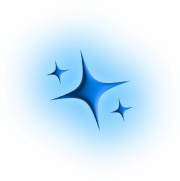

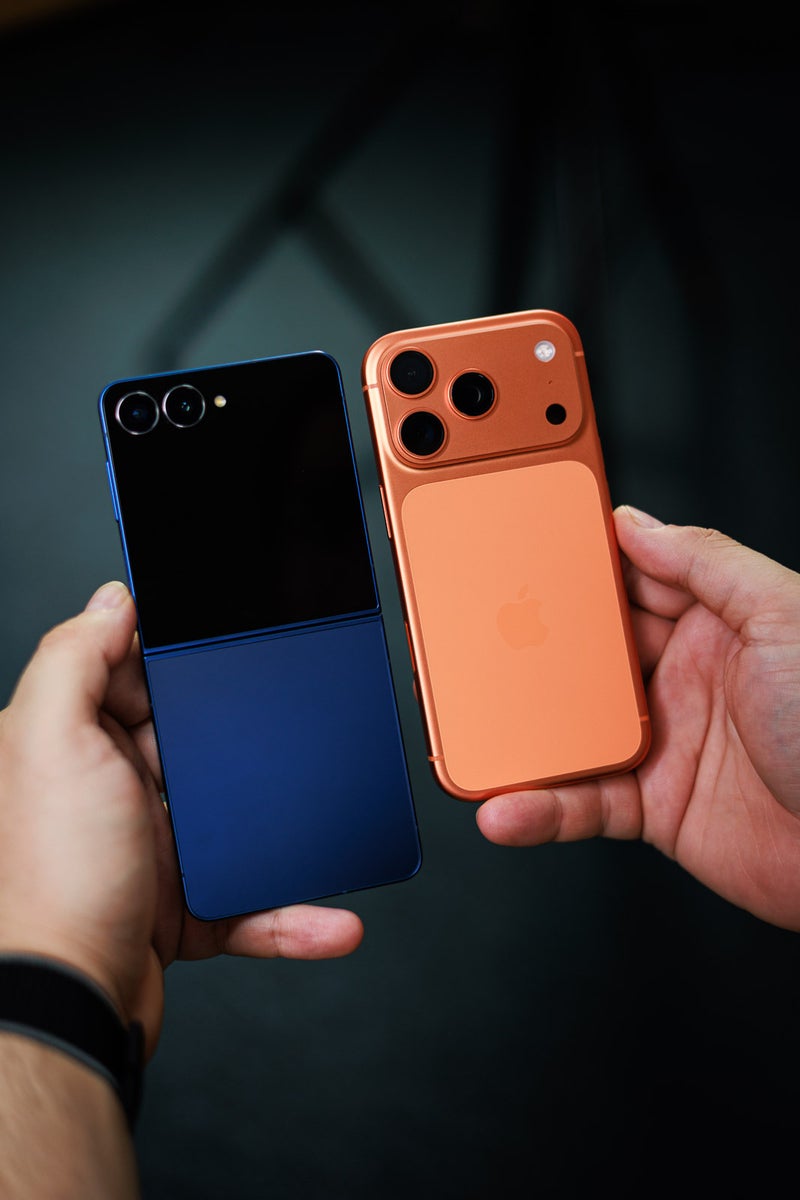
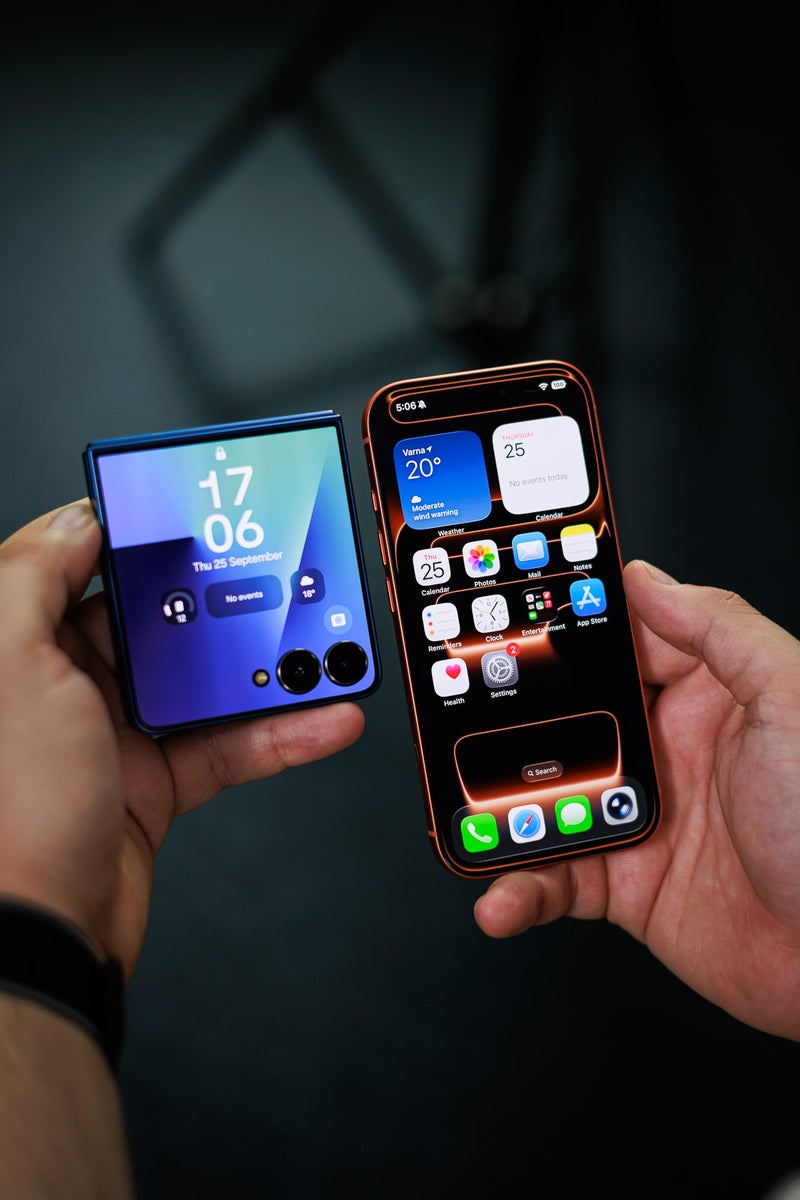
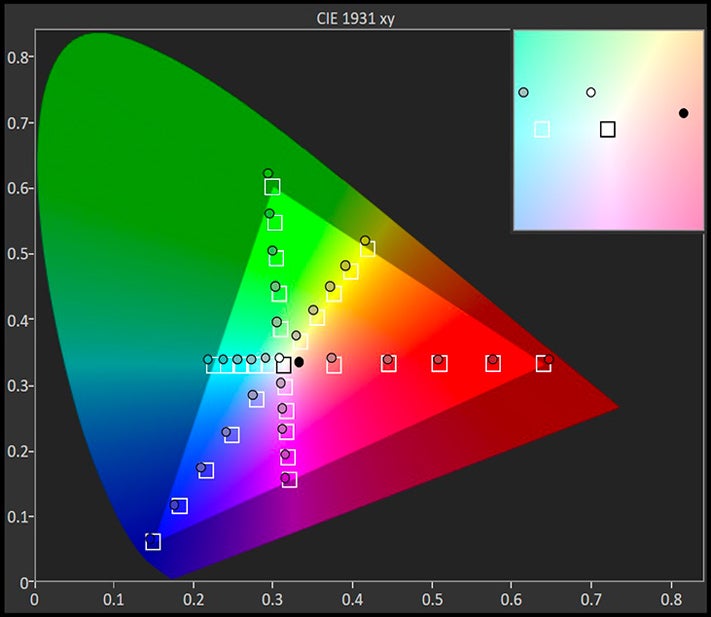







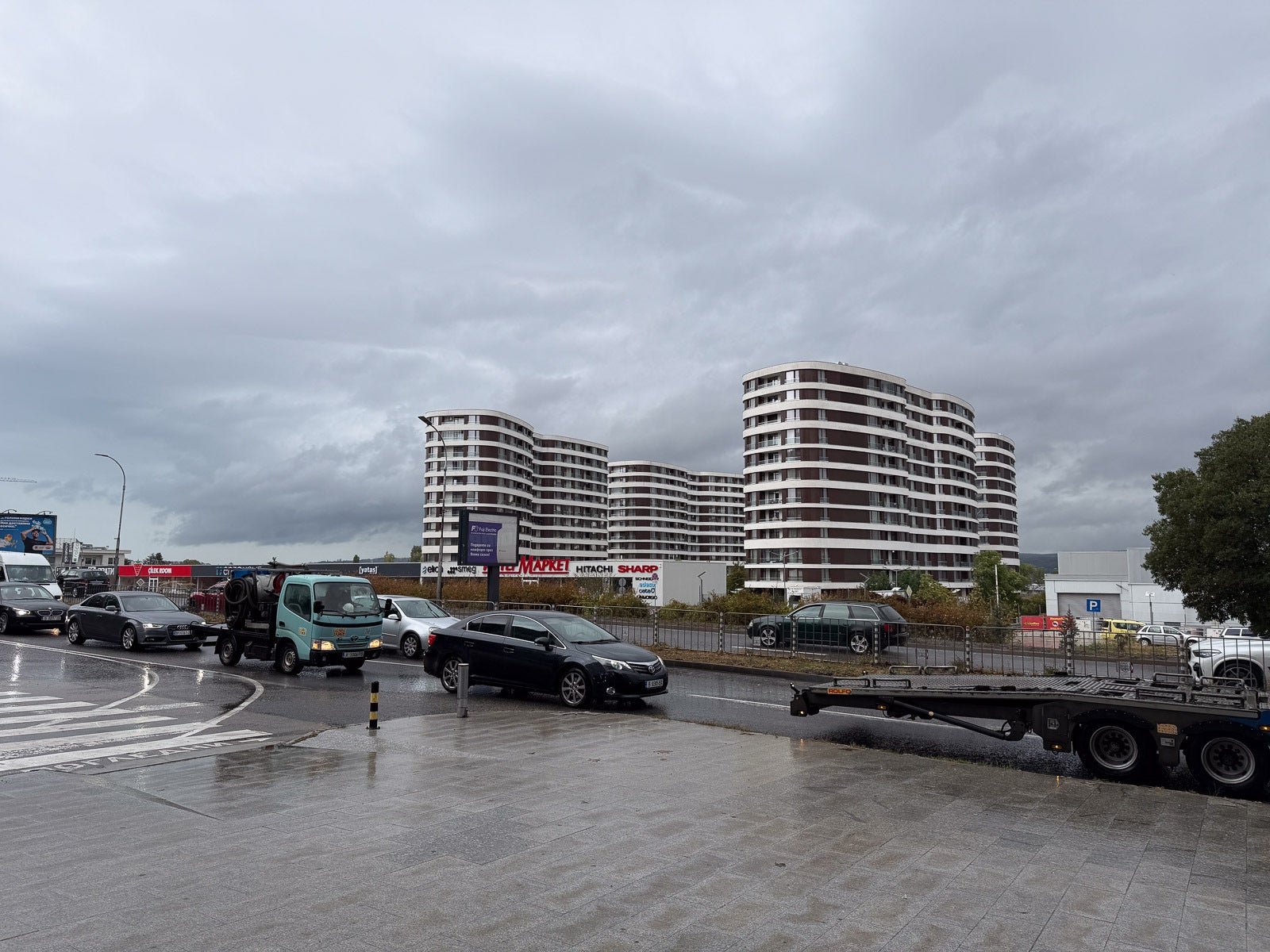

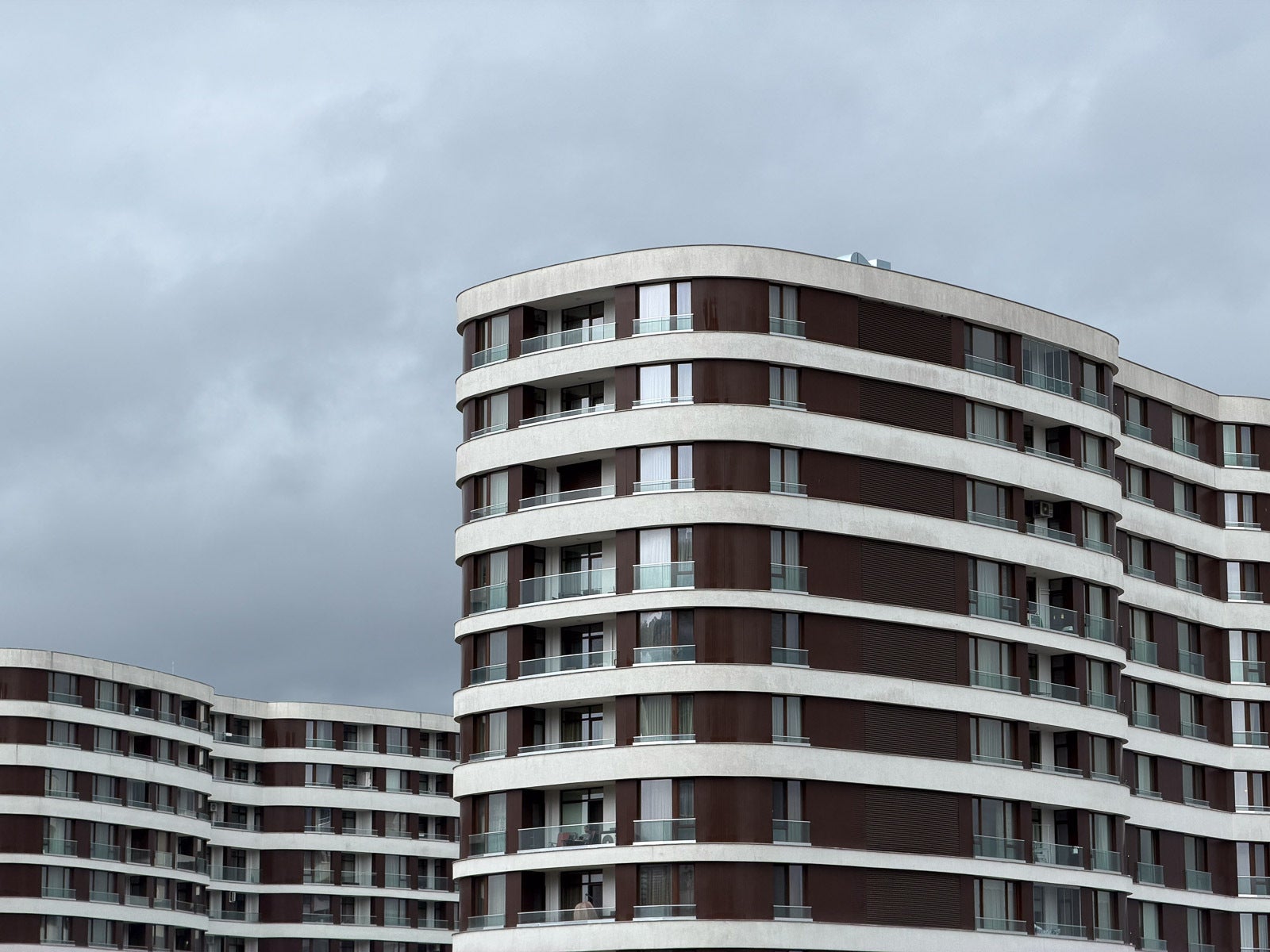
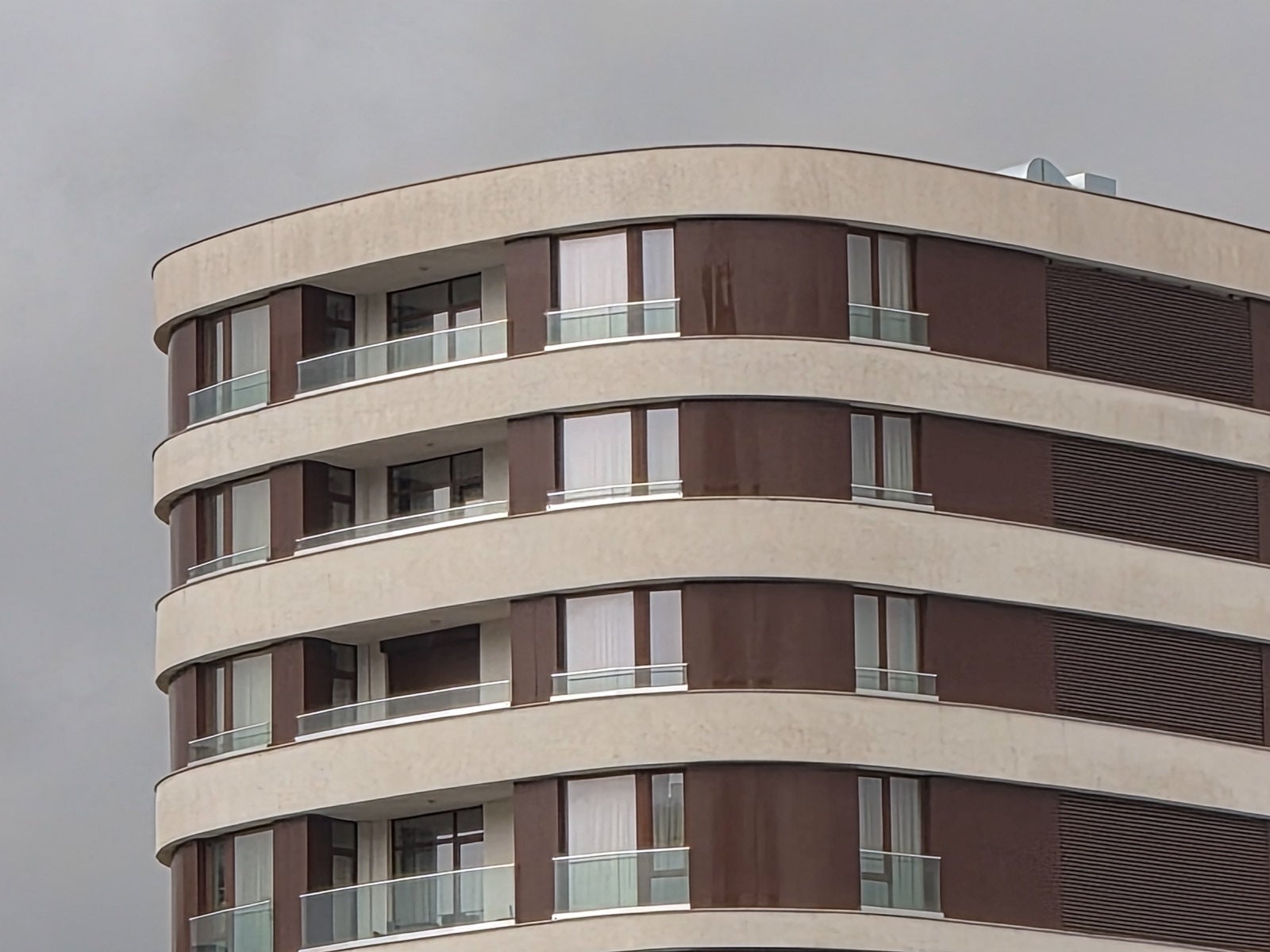
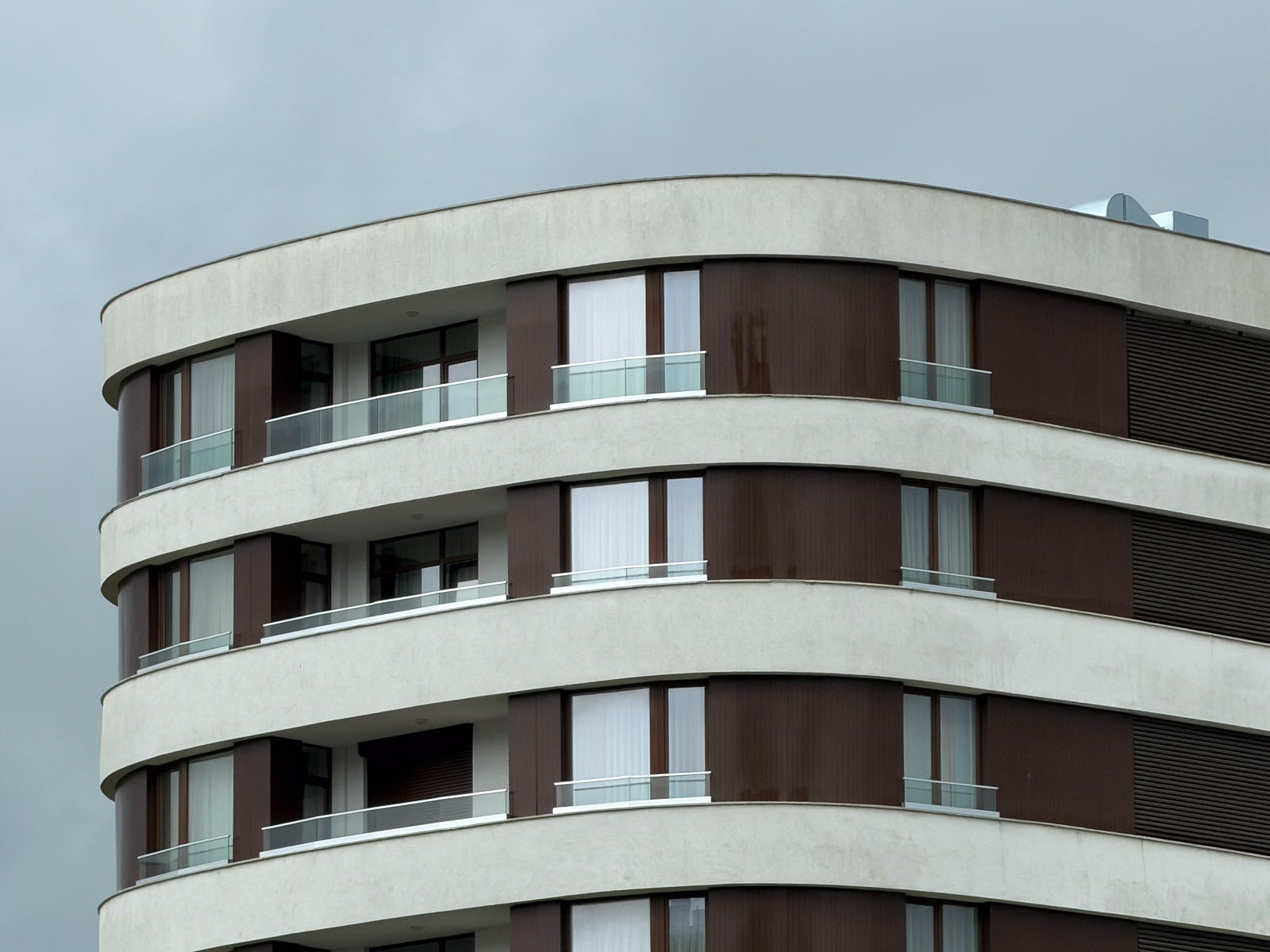

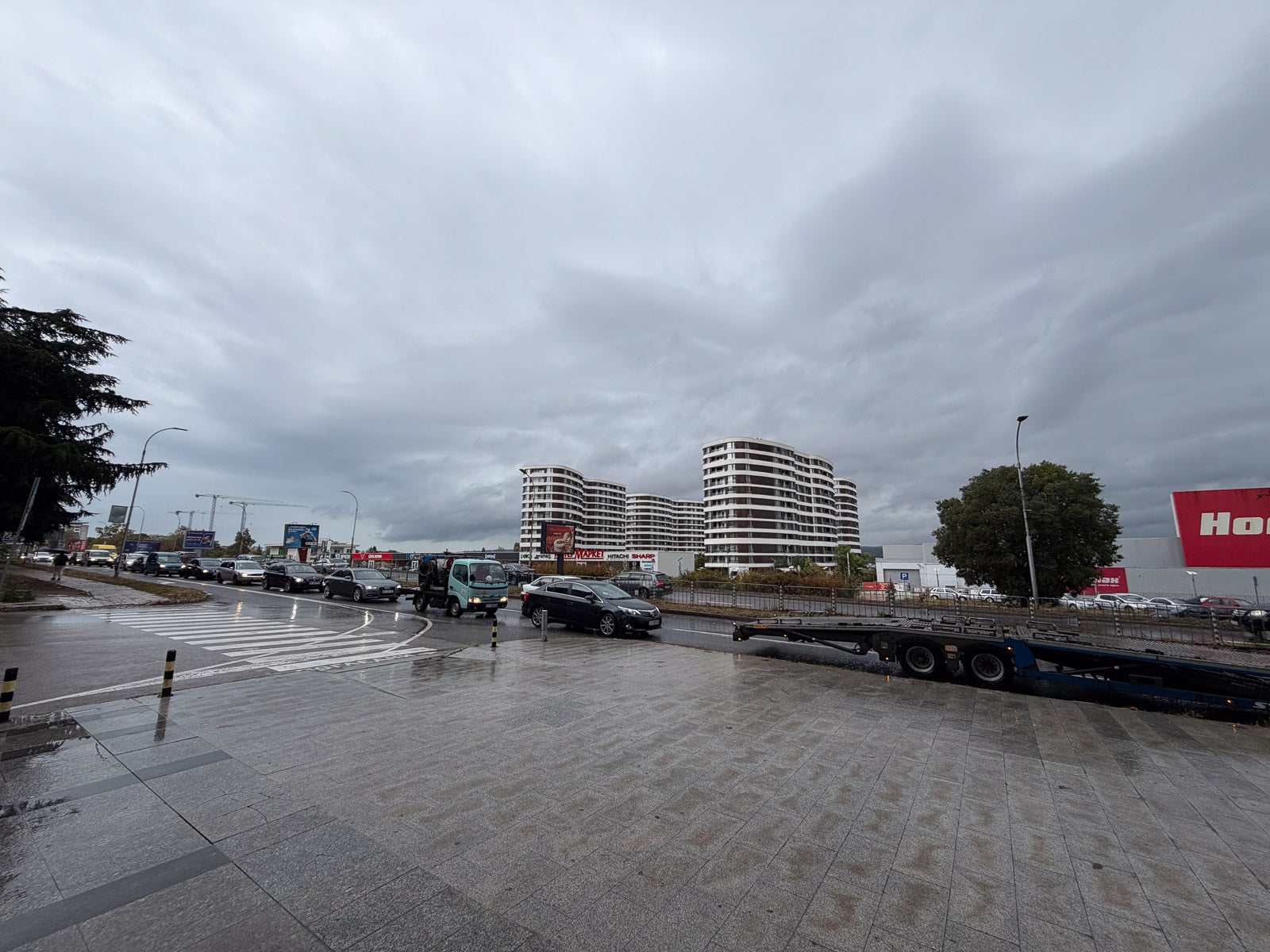
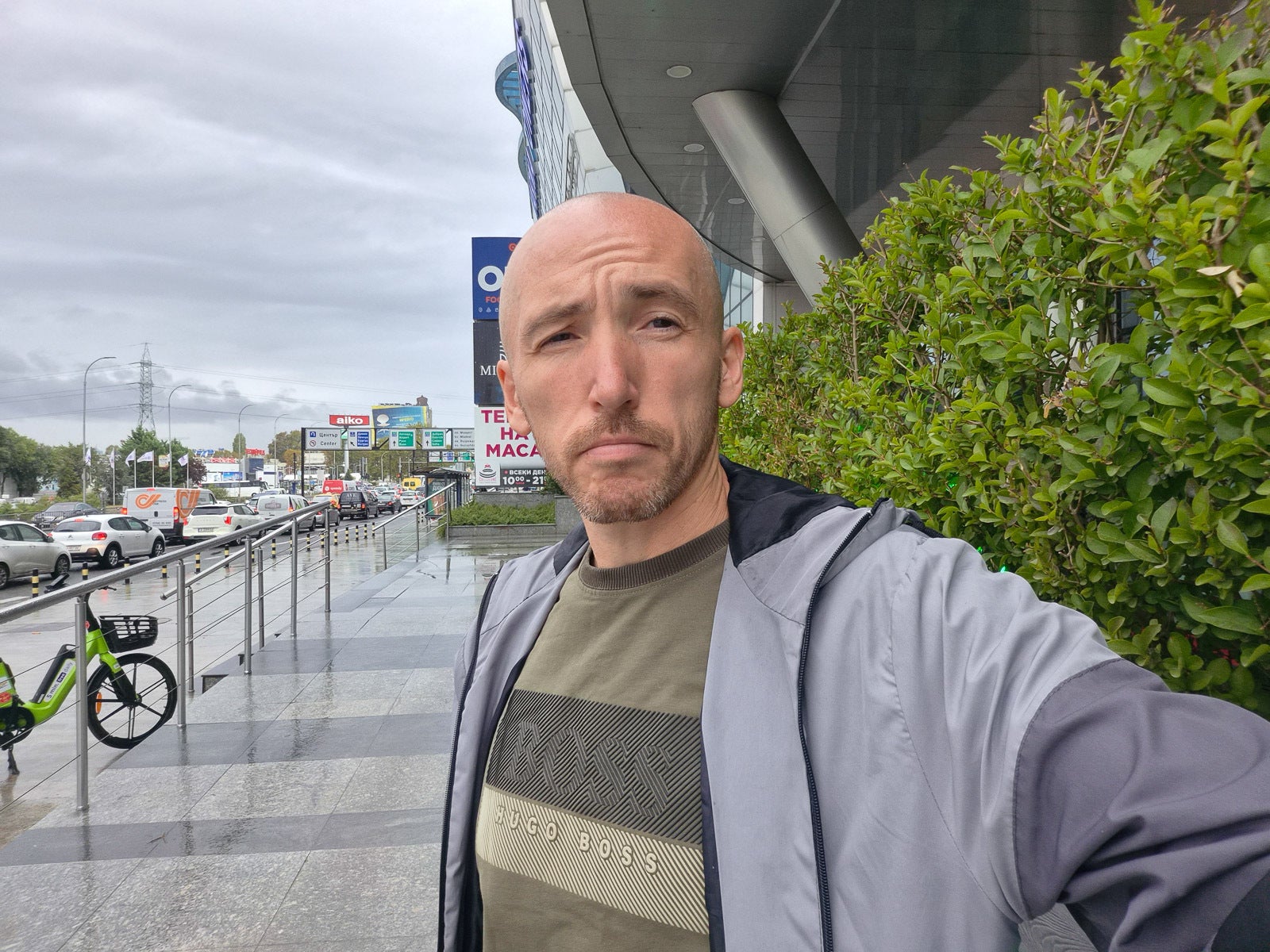
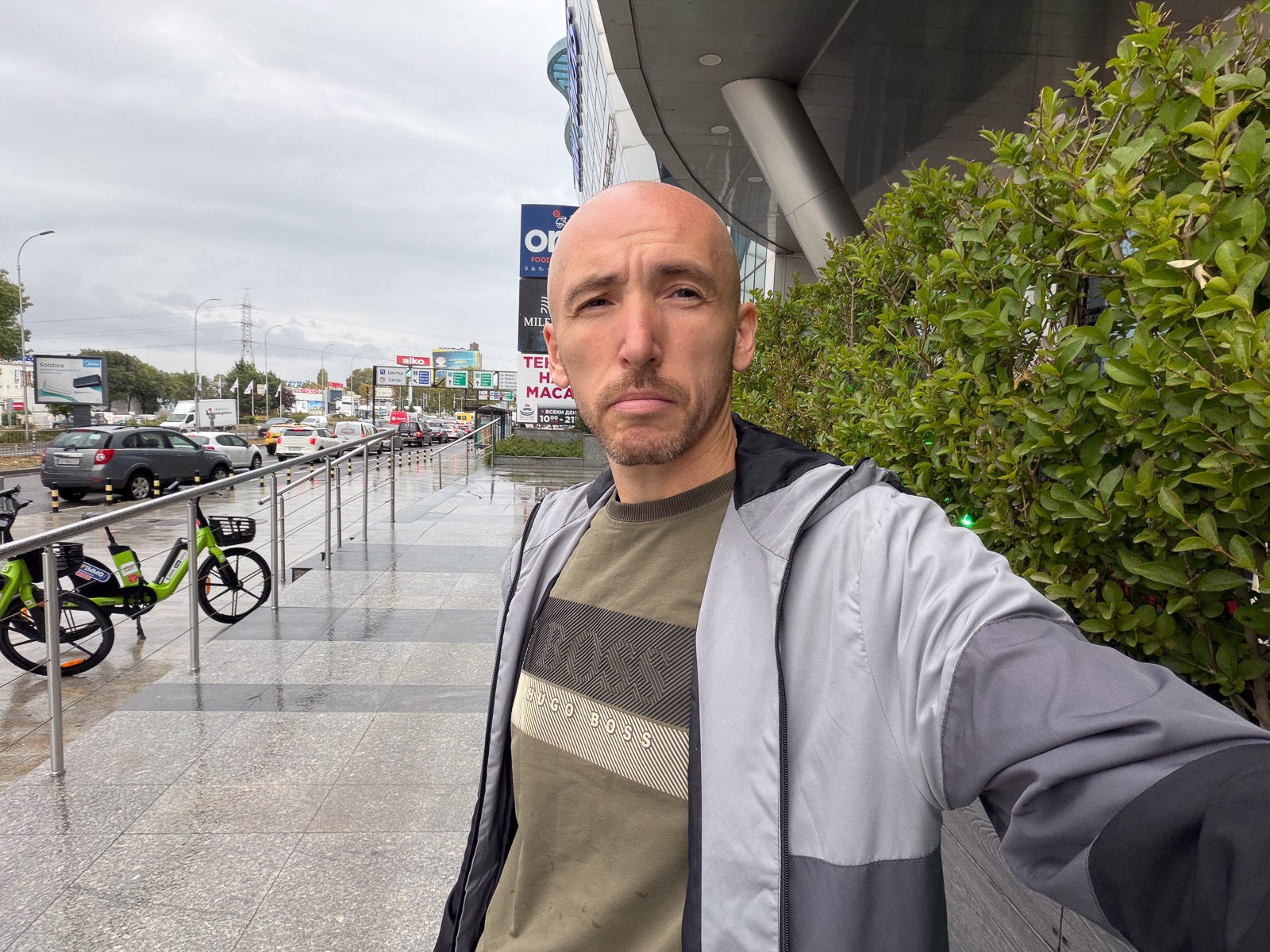
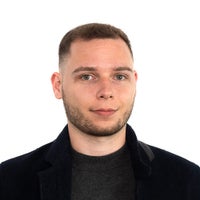





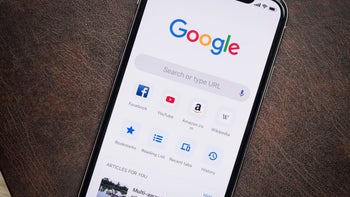

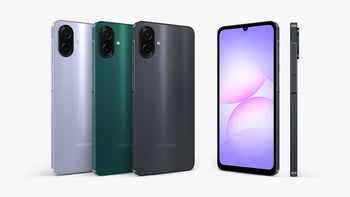
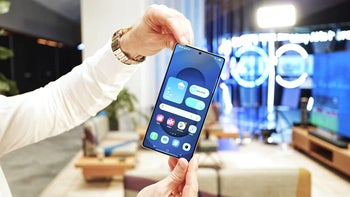

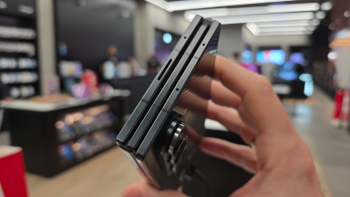
Things that are NOT allowed:
To help keep our community safe and free from spam, we apply temporary limits to newly created accounts: